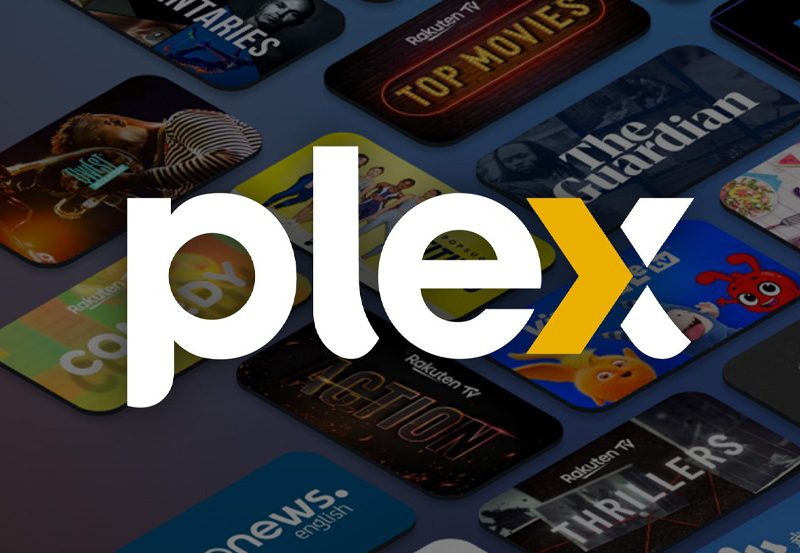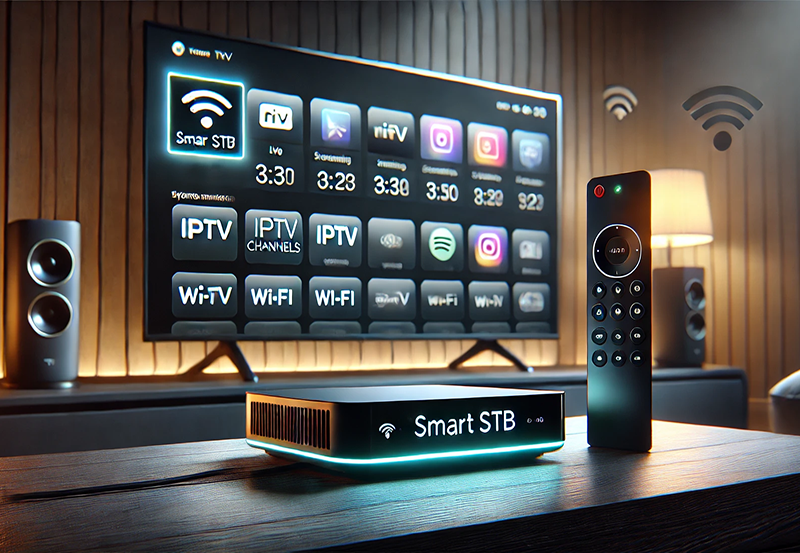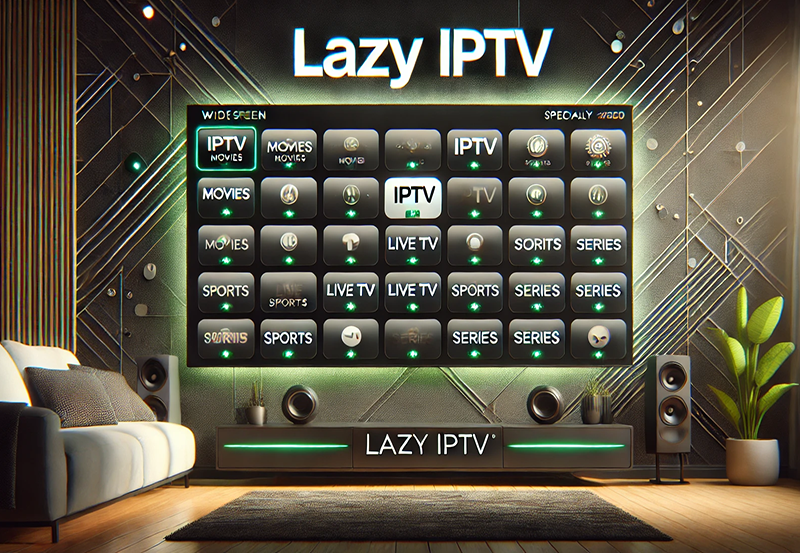As more and more viewers shift to digital platforms, achieving the best possible streaming quality becomes essential. Maximizing the capabilities of your IP Television App can be somewhat complex, yet it’s crucial for enjoying uninterrupted viewing. While it might seem daunting to some, with a few strategic tweaks, your streaming experience can be significantly improved.
Understanding Your Network
Before diving into settings and choices within the IPTV app, understanding your network is paramount. Your network’s speed and stability directly influence the quality of the streaming content. It’s advisable not to overlook this fundamental aspect, as a robust network forms the groundwork for all other enhancements.
Check Your Internet Speed
Speed is the cornerstone of streaming. You need to ensure your network delivers a steady speed that can handle high-definition content. A basic speed test can provide insight into whether you’re meeting the recommended bandwidth for streaming. Most platforms suggest a minimum speed of 5 Mbps for HD content, though 25 Mbps is preferable for 4K content.
Pro Tip:
Looking for the Best IPTV Provider? Access thousands of channels with Helix IPTV for premium entertainment.
Sometimes, we overlook the simplest solutions. How about giving your router a good old restart? It’s a quick fix that might just resolve some temporary snags. Another practical tip is to relocate your router to a central position within your home to ensure a more even distribution of the signal.
Optimizing Router Settings
Beyond location, delving into the settings of your router can present additional improvements. Quality of Service (QoS) settings, for instance, can prioritize specific devices like your TV over others. Adjusting these settings prevents non-essential devices from hogging the bandwidth.
Let’s not forget about firmware updates. They are crucial yet often overlooked. Router manufacturers periodically release updates that can boost performance and security. Keep your device up-to-date to avoid missing out on these enhancements.
Configuring the IP Television App
Once your network is in check, the next step involves adjusting settings within your IP Television App. This is where you begin to tailor the app’s performance to maximize viewing quality. Settings can range from basic to advanced, depending on your comfort level.
Adjusting Streaming Quality Settings
Most IPTV apps offer options to select a preferred quality level like SD, HD, or 4K. Opting for the highest quality may sound appealing but bear in mind the demands it places on your bandwidth. Balance between visual quality and smooth performance based on your network’s capability.
Be mindful of adaptive bitrate streaming which automatically adjusts the quality based on network conditions. It’s beneficial for maintaining continuity but, if inconsistencies annoy you, setting a fixed quality might prevent those unexpected drops in resolution.
Enabling Hardware Acceleration
Hardware acceleration can offload intensive processing tasks to your device’s GPU, ensuring smoother playback. It can be a game-changer for devices with capable hardware. Not every app supports this feature, so it’s worth investigating.
Customizing Buffer Settings
A larger buffer can mitigate the effects of minor fluctuations in network speed, reducing pauses and buffering during playback. Careful tweaking here provides an optimal buffer size, particularly in environments with unstable networks.
Choosing the Right Device
Your choice of device significantly impacts the quality of streaming. While the IP Television App offers a universal viewing platform, the performance of your hardware plays a role in maximizing this experience.
Are You Using IPTV on Roku?
Roku, known for its ease of use and wide application support, is a preferred choice among users. Ensuring your Roku is regularly updated ensures that you receive the latest performance boosts and security enhancements.
Additionally, a wired connection to your Roku can offer more stable performance compared to Wi-Fi, especially in crowded or large household networks. This straightforward change can often solve hiccups in streaming quality.
Evaluating Other Streaming Devices
Not all streaming devices are created equal. Devices like Amazon Fire Stick and Apple TV have their unique strengths. Opt for a device that complements your needs, be it access to specific services, ease of use, or connectivity options.
Your screen itself, be it a smart TV or monitor, can limit your viewing experience. Ensure it supports the resolutions you intend to stream. Sometimes, upgrading your display can unleash better quality from the same source.
Exploring Advanced Options
For tech-savvy users, exploring beyond basic settings can present even greater opportunities. Advanced configurations, although complex, grant those adept in technology more control over their streaming environment.
Modifying DNS Settings
By default, your ISP provides DNS servers. However, switching to a more efficient DNS could yield faster and more stable streaming. Public DNS providers like Google or Cloudflare often offer speed advantages.
Switching DNS might sound technically daunting, but the payoff can be worthwhile. Just remember, if you’re unsure, detailed instructions can easily be found online, ensuring a smoother transition.
Utilizing VPN for Optimal Routes
VPNs can sometimes provide a more direct and efficient path to the streaming server, bypassing congested routes. While typically associated with privacy, the right VPN might also boost your streaming efficiency.
Mind the potential downsides, such as increased latency. A free VPN might do more harm than good. Research and invest in a reliable service that prioritizes speed for video content.
Regular Maintenance Tips
Good habits foster longevity in quality. Regular checks and maintenance might sound trivial, but their impact cannot be overstated. Let’s explore what routine practices can do for you.
Clearing Cache and Data
Applications store temporary data to minimize load times and improve performance. However, these caches can accumulate and decrease efficiency. Regularly clearing cached data prevents this build-up on your device.
It’s straightforward—the app settings often have a clear cache option. Make it a routine check. Notice the speed improvement, especially on devices with limited storage.
Software and Firmware Updates
This bears repeating due to its importance. Software developers are consistently improving applications. Keeping both your streaming app and device firmware up to date ensures access to these refinements.
Consider enabling auto-updates where applicable. It’s a set-and-forget measure that could resolve potential compatibility problems without requiring action on your part.
Acknowledging Potential Limitations
While striving for perfect streaming conditions is desirable, being aware of inherent limitations is just as important. Recognizing these allows for realistic expectations and preparedness.
Internet Service Providers’ Role
No two providers are identical. Your ISP’s policies play a part in streaming performance. Bandwidth throttling, for instance, is a common practice among ISPs to manage network congestion.
Unfortunately, throttling can occur without warning. Look into your provider’s policies or consult a service representative if you suspect your connection is being intentionally slowed.
Content Provider Limitations
At times, the issue rests not with your devices or network, but with the content provider itself. The capacity of servers and distribution networks influences the quality you experience.
Availability of high-definition streams might differ sharply between providers. Some services suffer from peak-time congestions, reducing available quality options casually. Choosing a provider with a robust track record is advisable.
The Expert’s Guide to IPTV Enjoyment
Experience, they say, is the best teacher. Having navigated through various settings and adjustments, you are now equipped to fine-tune your IP Television App for optimal performance. Embrace the exploration of settings—you’re more likely to stumble upon gems that enhance your personal viewing style.
Remember, streaming isn’t just about high-tech gadgets; at its core, it’s about enjoyment. Tailor your setup to suit your habits, and you’ll achieve a more fulfilling and pleasurable viewing experience.
FAQs

-
How can I improve my IPTV streaming on Roku?
To improve streaming on Roku, ensure a stable internet connection, preferably using a wired Ethernet cable. Regularly update your Roku device and clear unnecessary apps that may consume bandwidth.
-
What is adaptive bitrate streaming?
Adaptive bitrate streaming dynamically adjusts quality based on network conditions. It helps maintain uninterrupted playback by switching to a lower quality when the connection is unstable, and vice versa.
-
Is using a VPN beneficial for IPTV?
Using a VPN can help secure your connection and potentially improve route efficiency to streaming servers. However, select a VPN that emphasizes minimal speed loss for an optimal experience.
-
Why does my IPTV buffer often?
Frequent buffering could be due to inadequate internet speed or network instability. Ensure your speed meets the needs of your desired quality level, and consider adjusting buffer settings in your app.
-
How often should I clear app cache for better streaming?
While it varies per user, clearing app cache monthly is a good practice to prevent lag and enhance performance. This is particularly effective for devices with limited storage.
A Beginner’s Roadmap to IPTV Configuration on Linux





